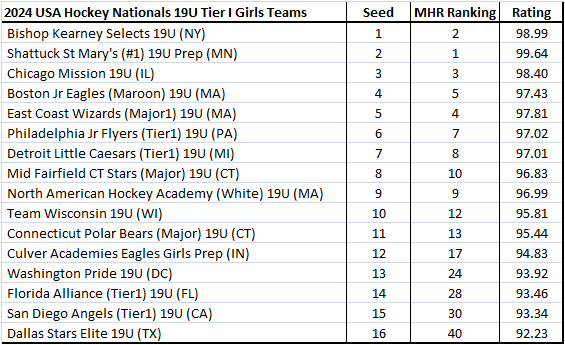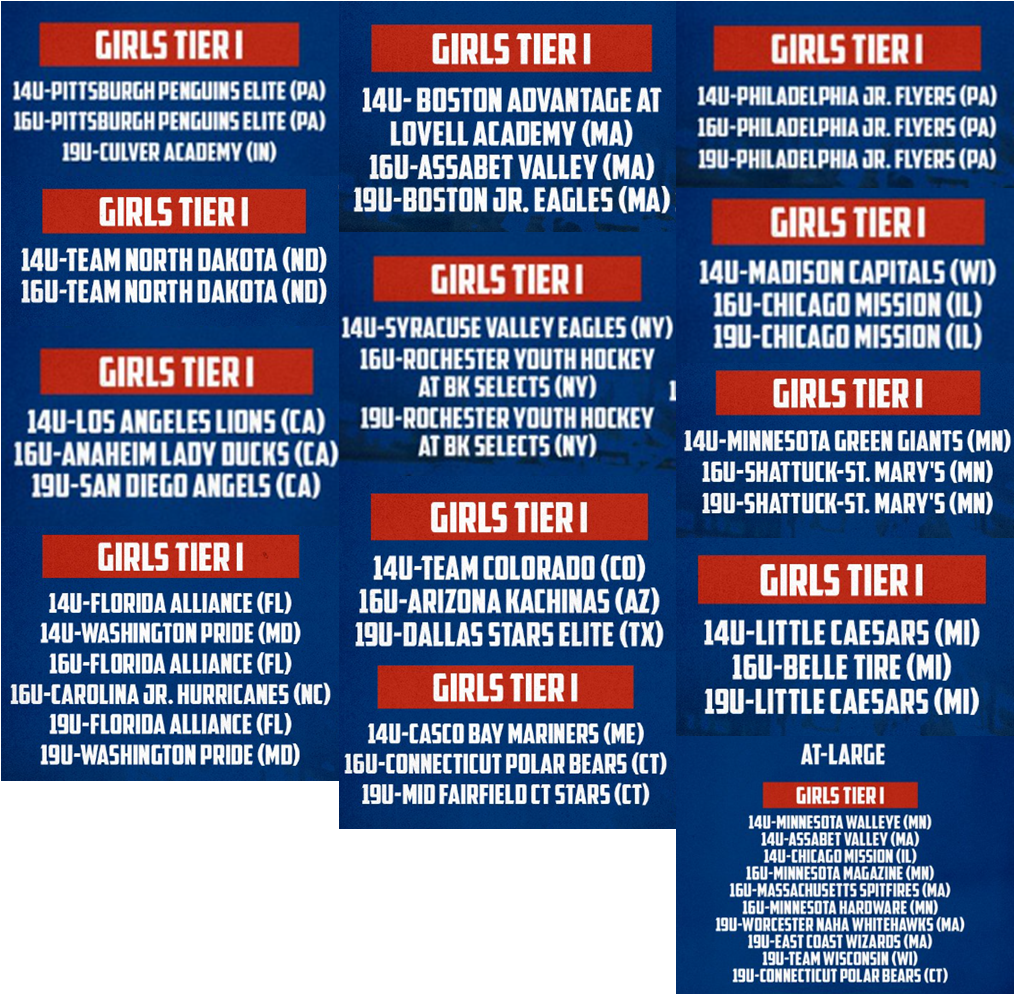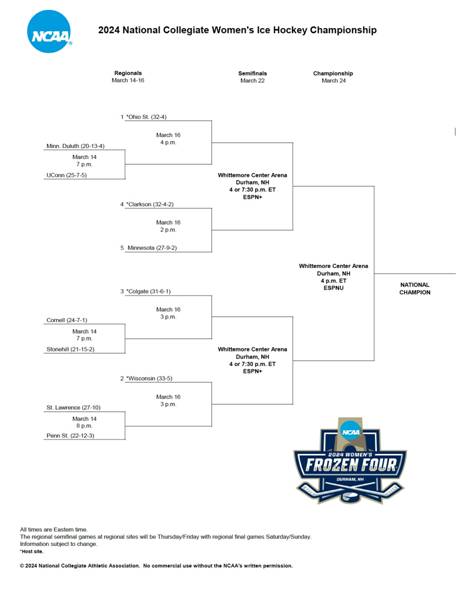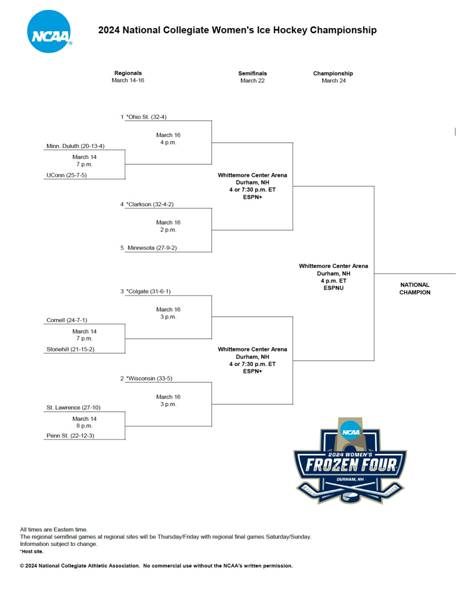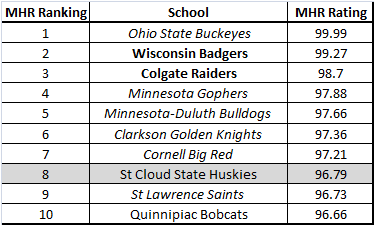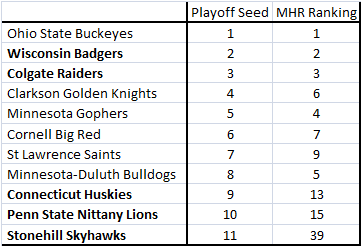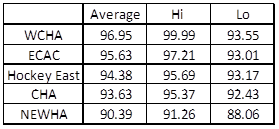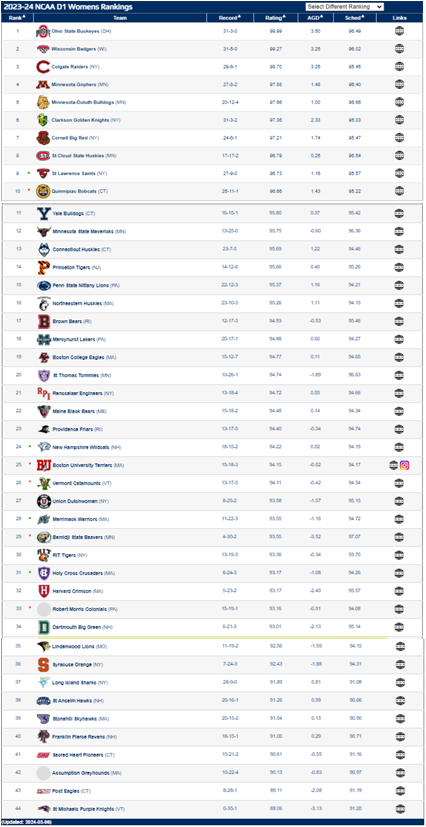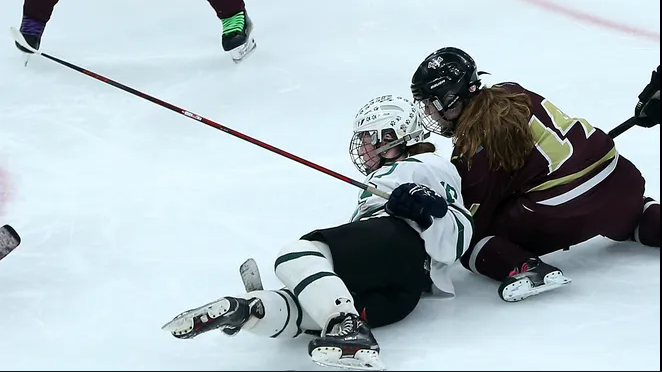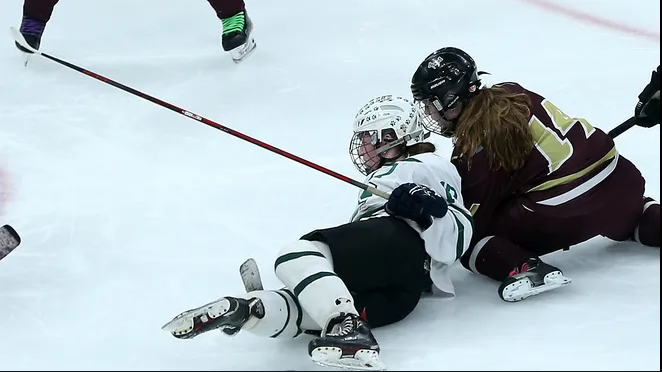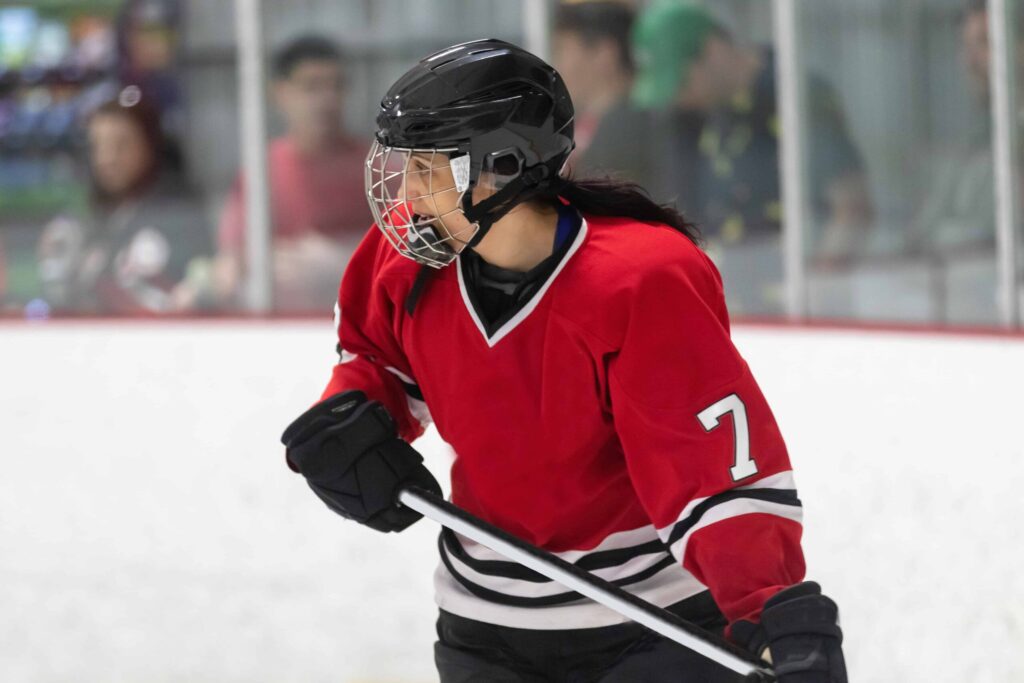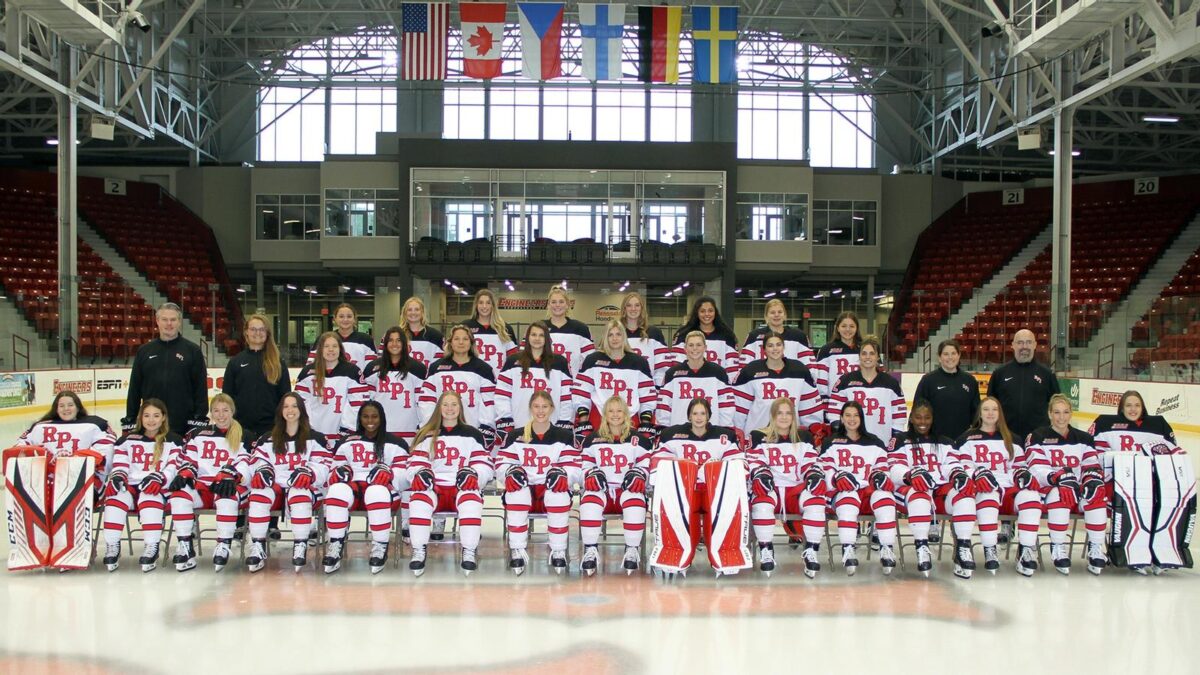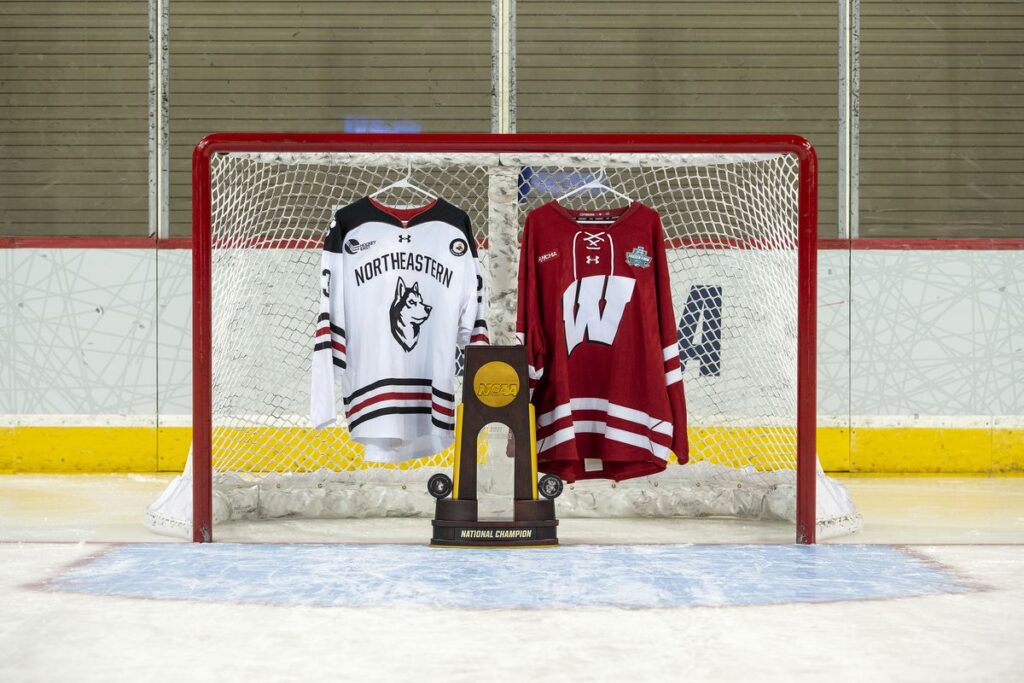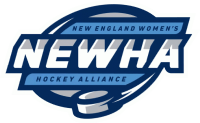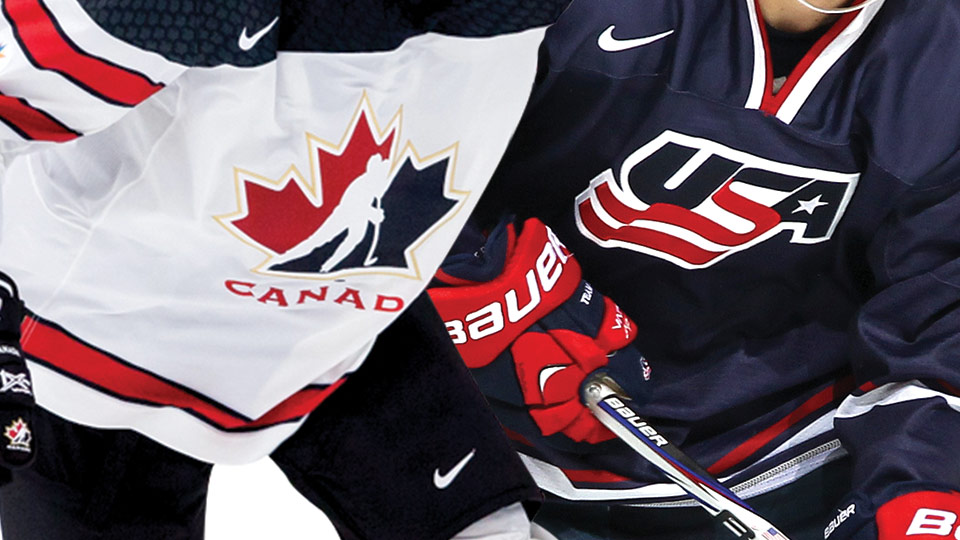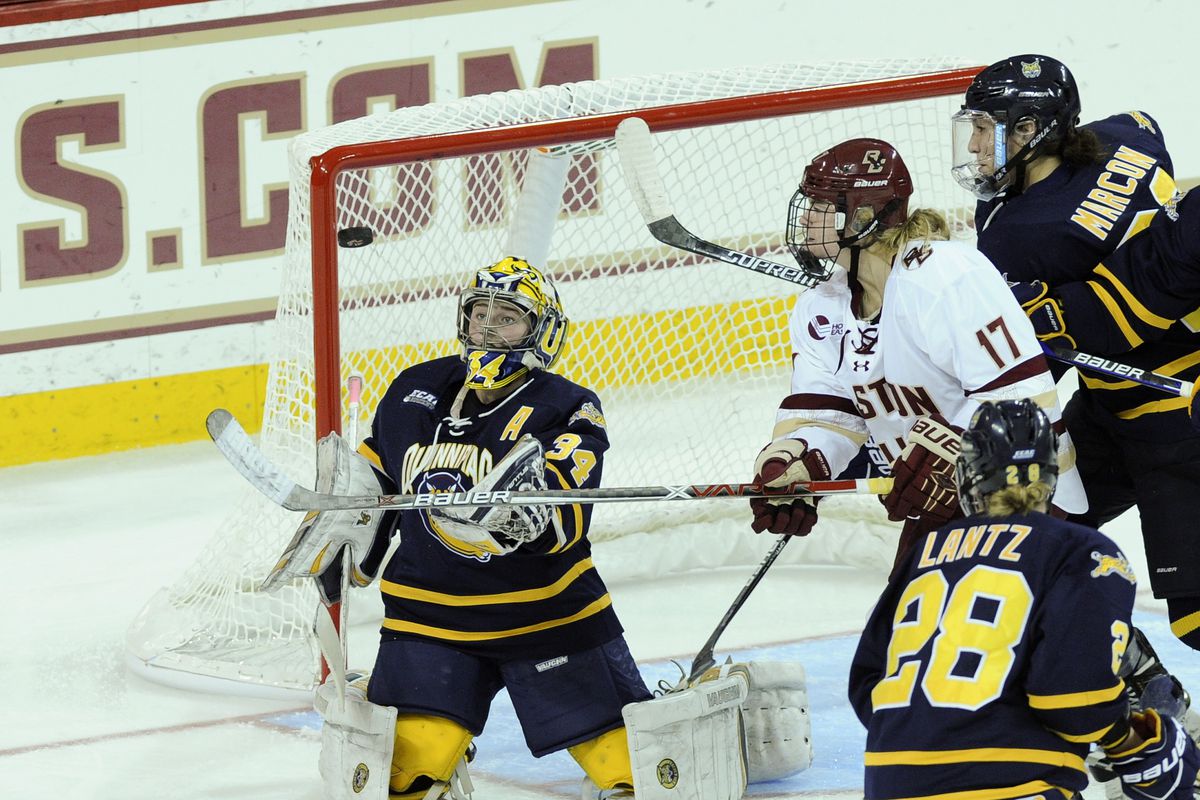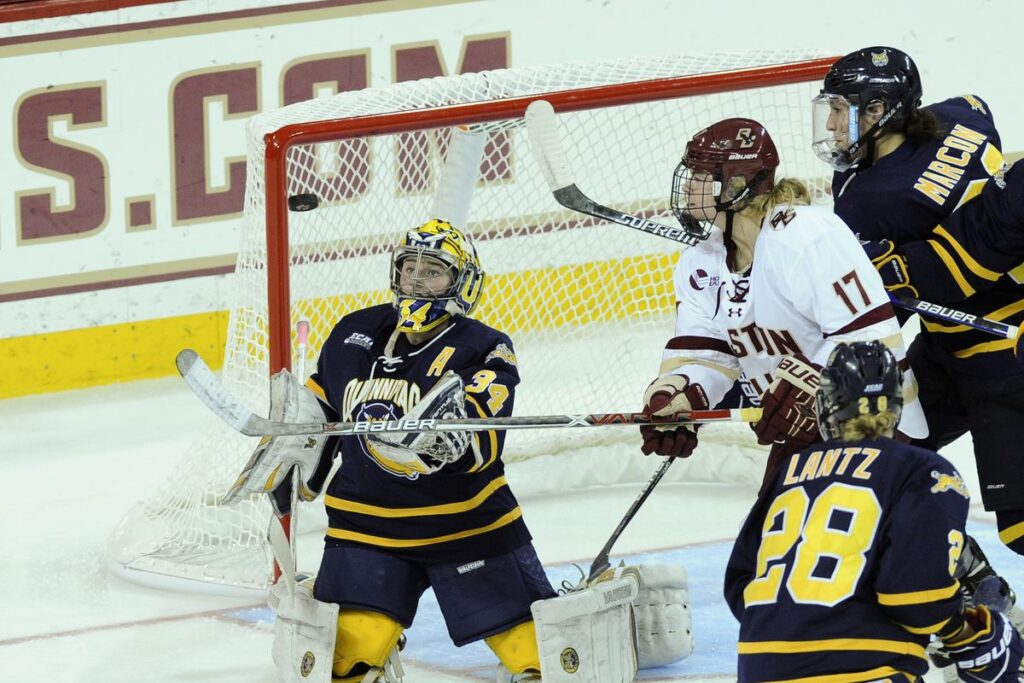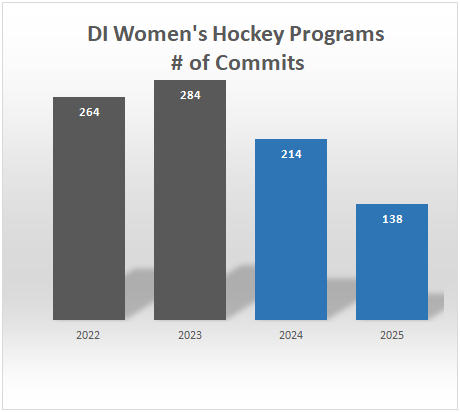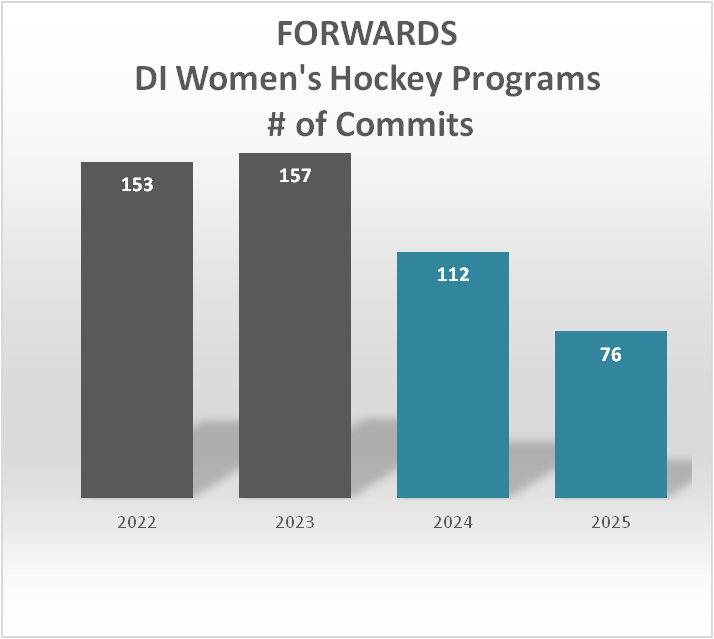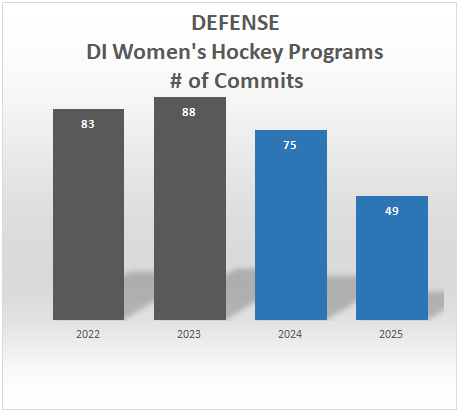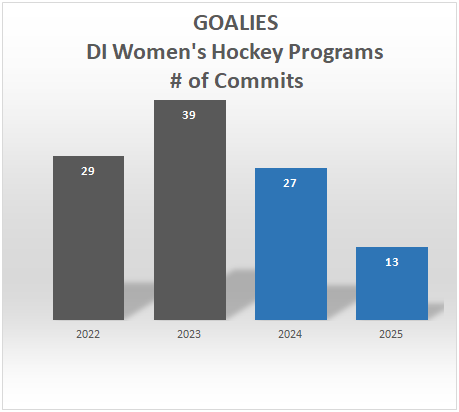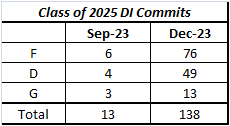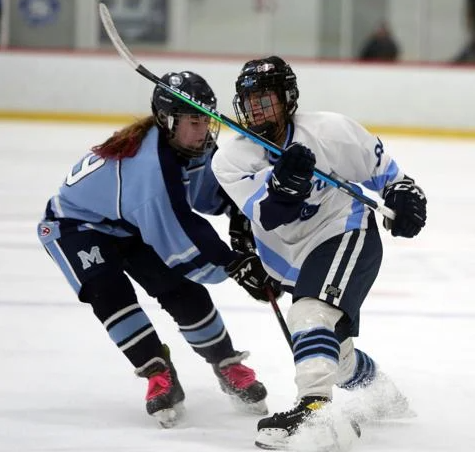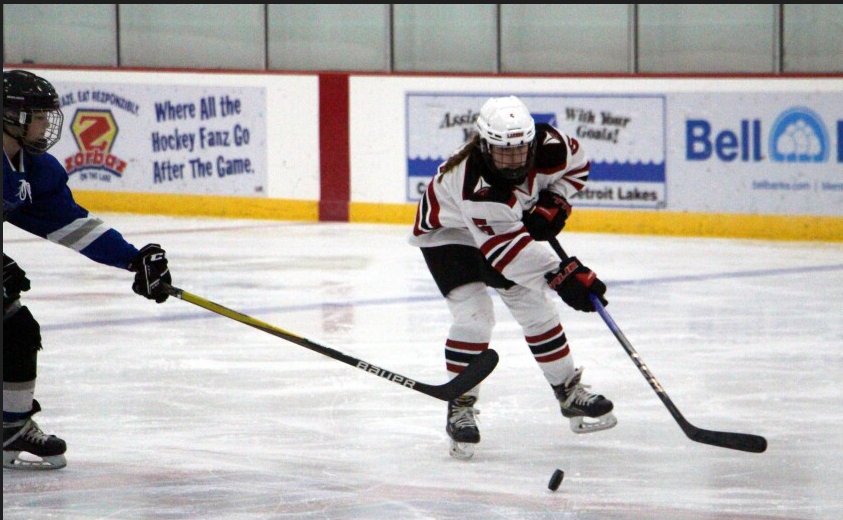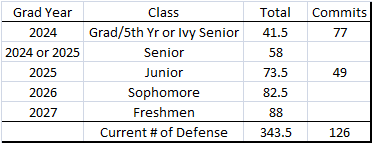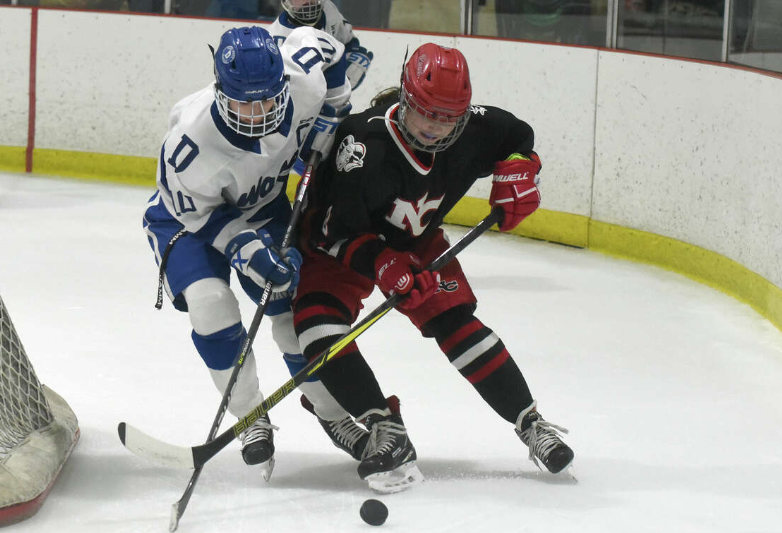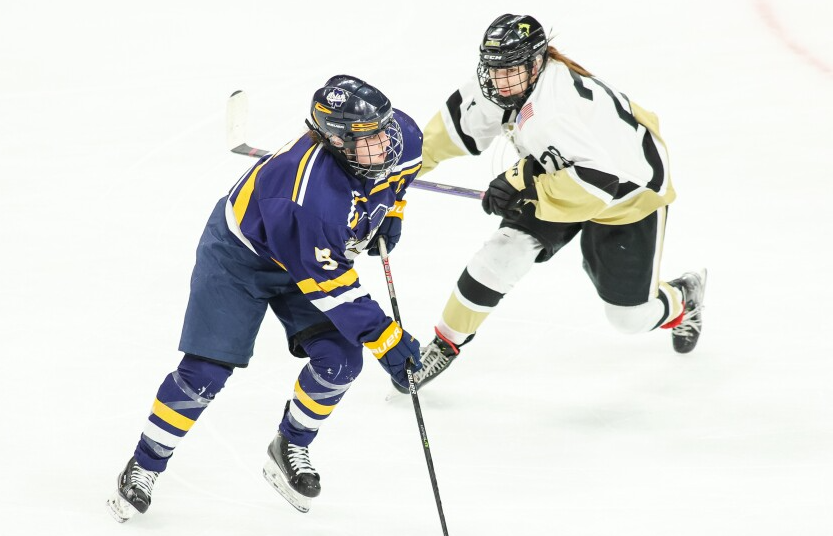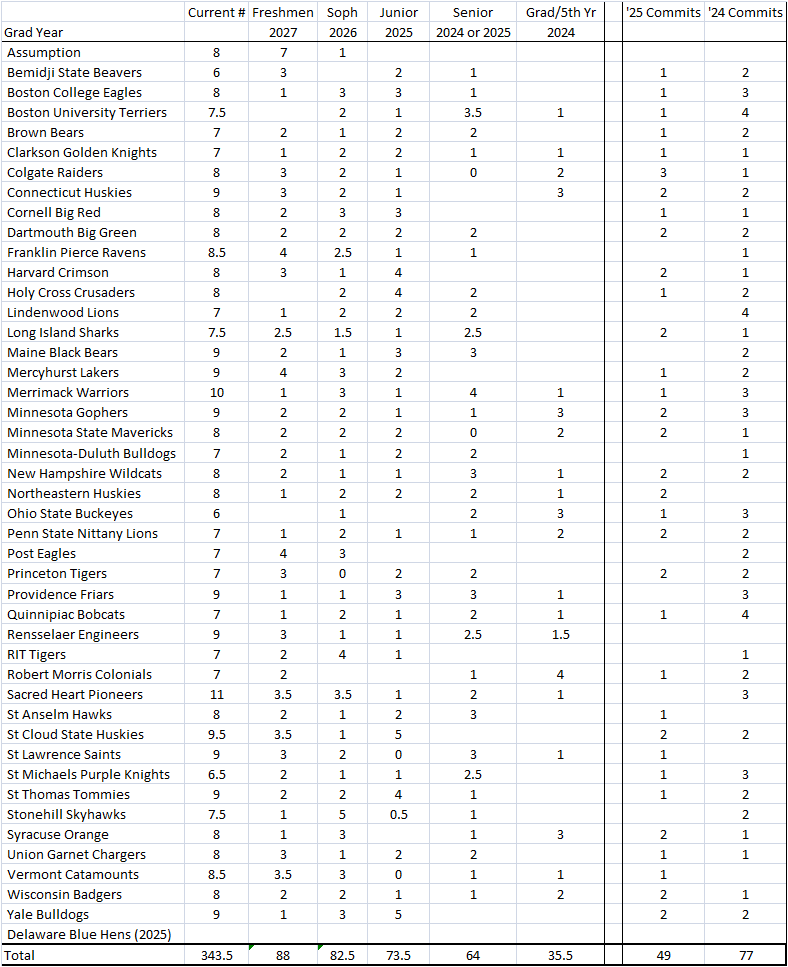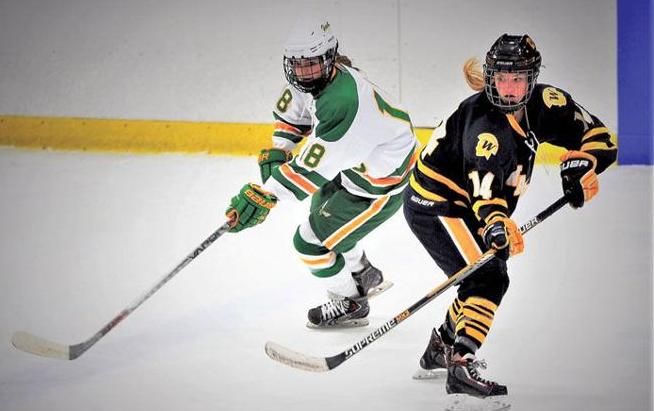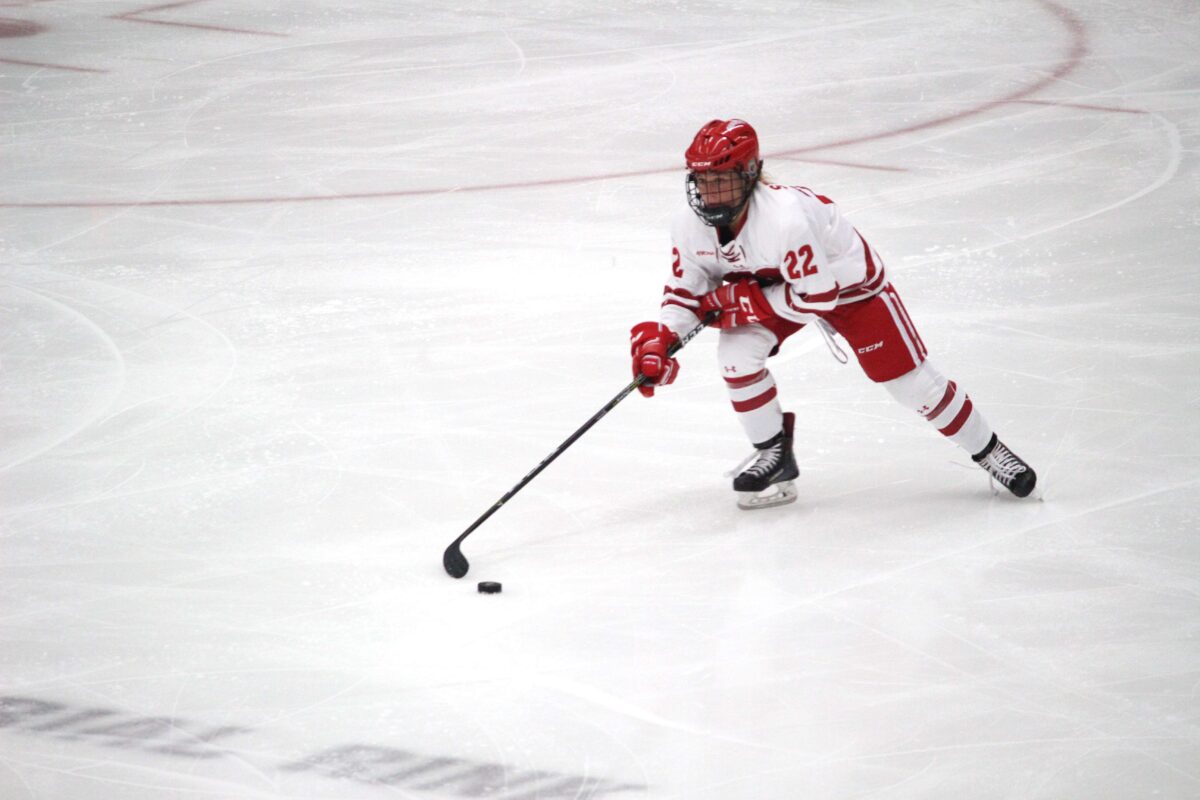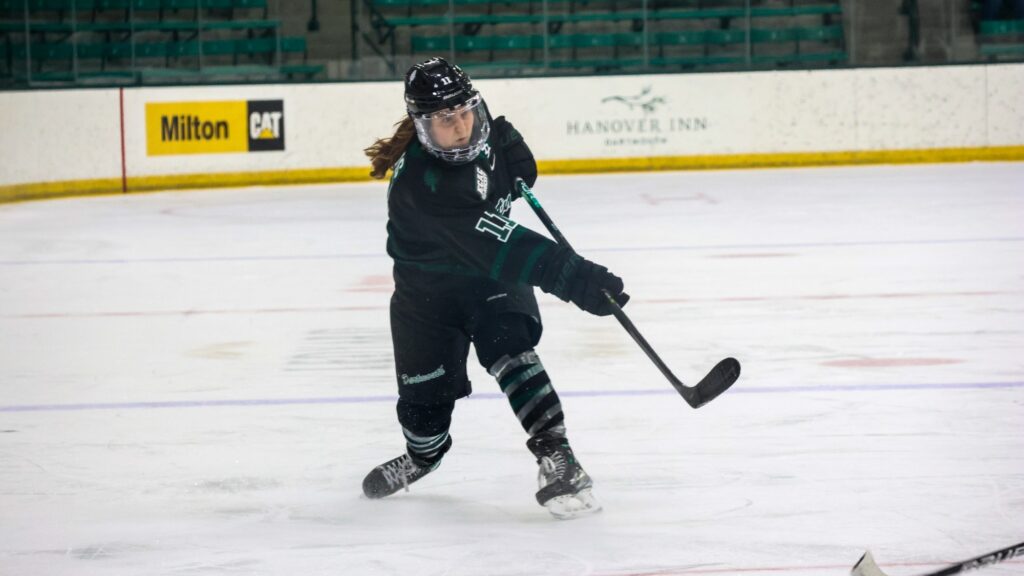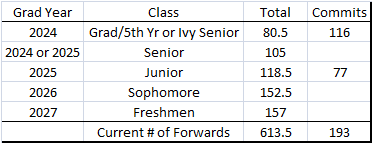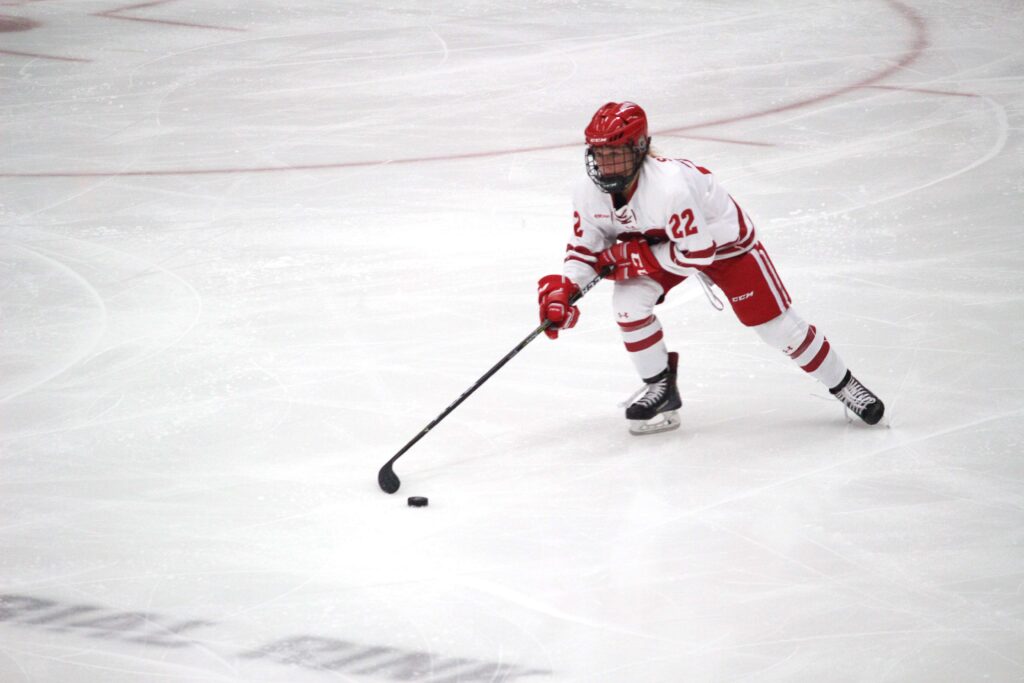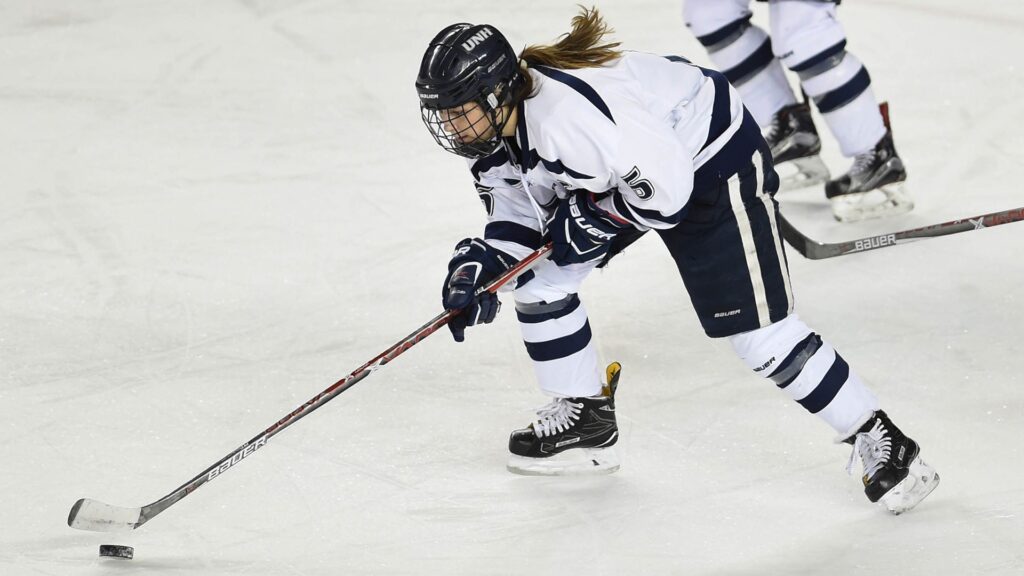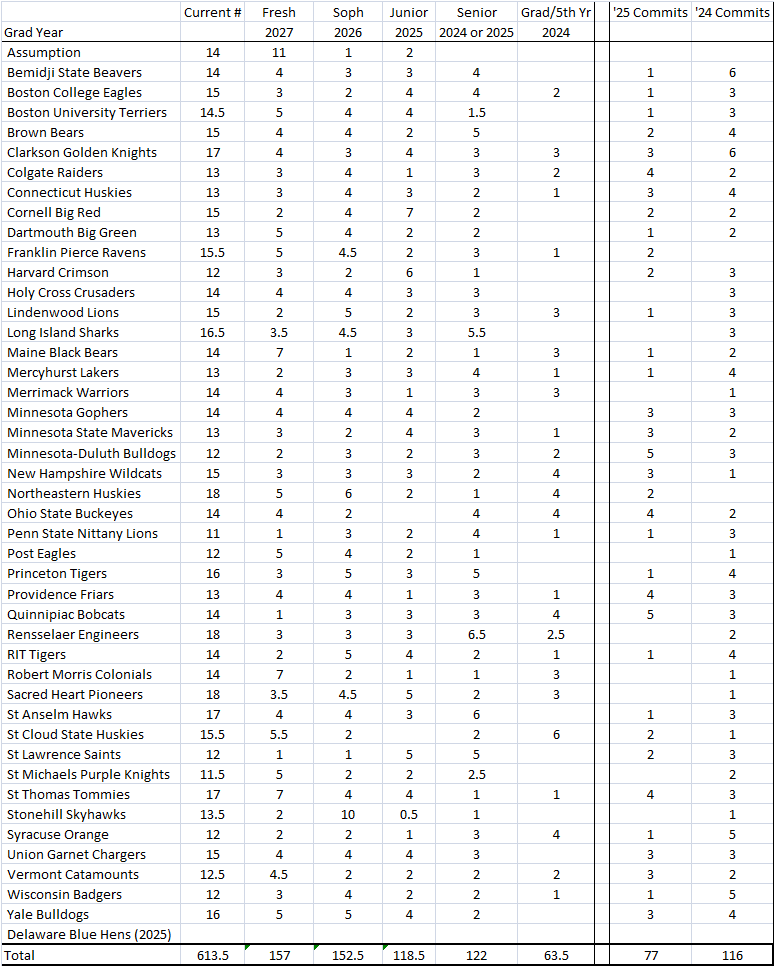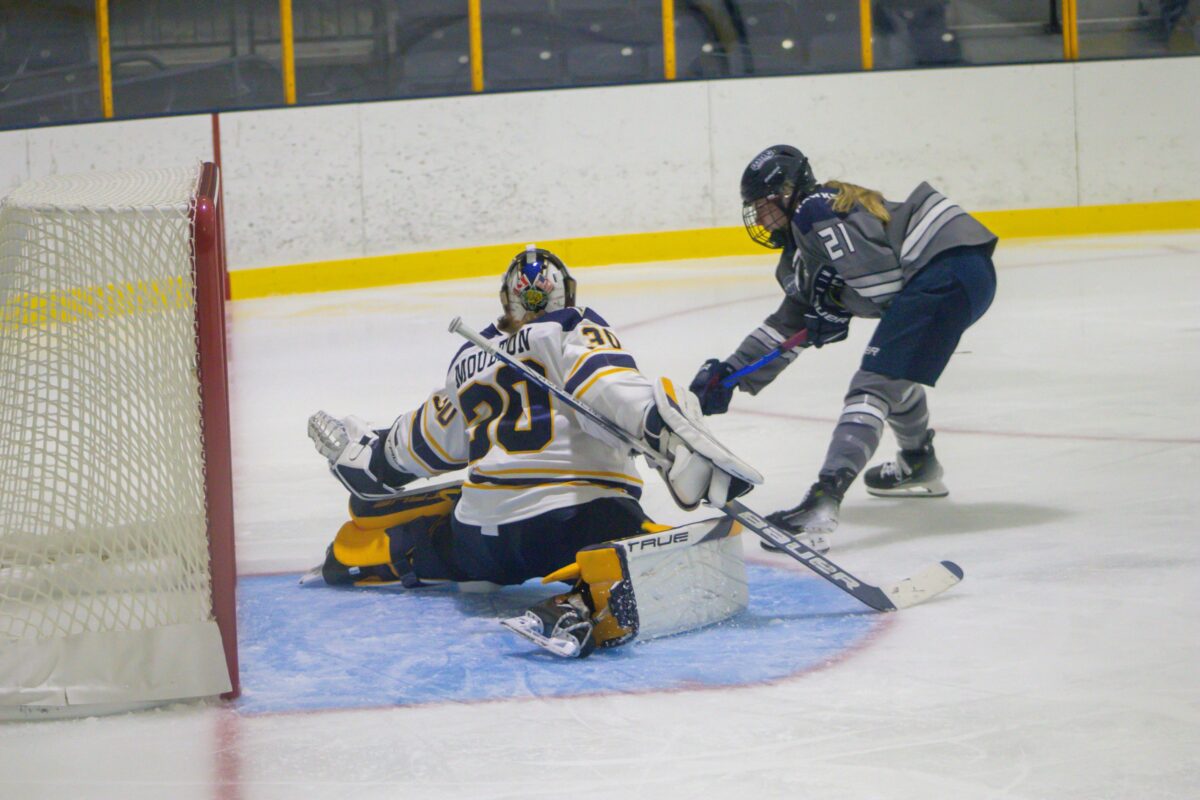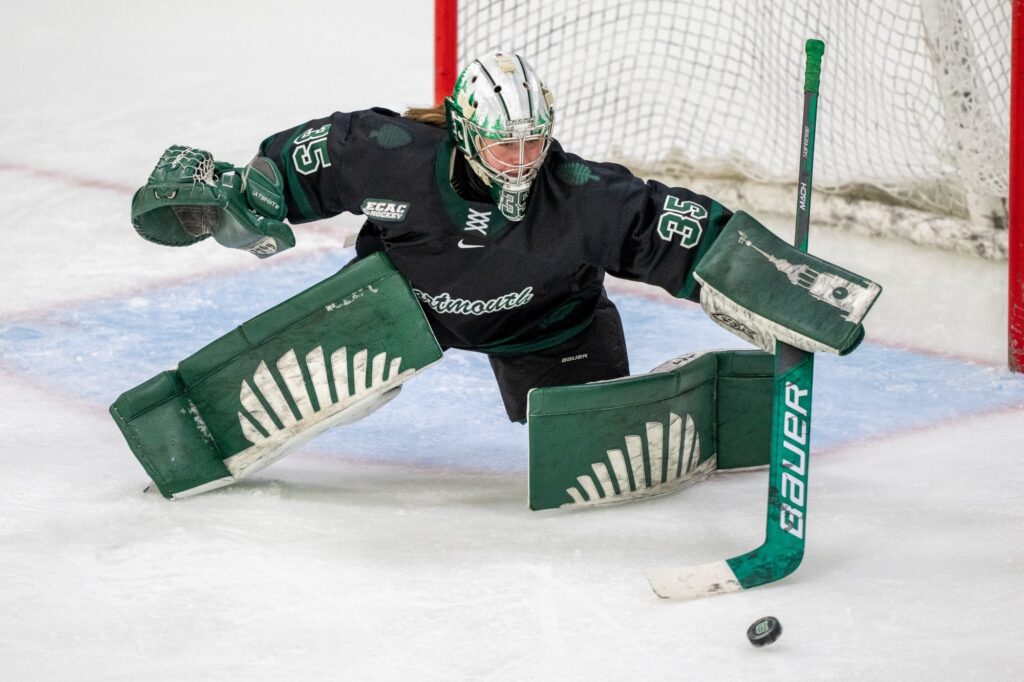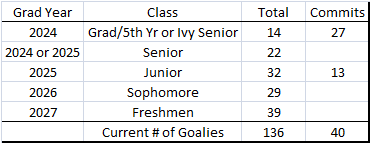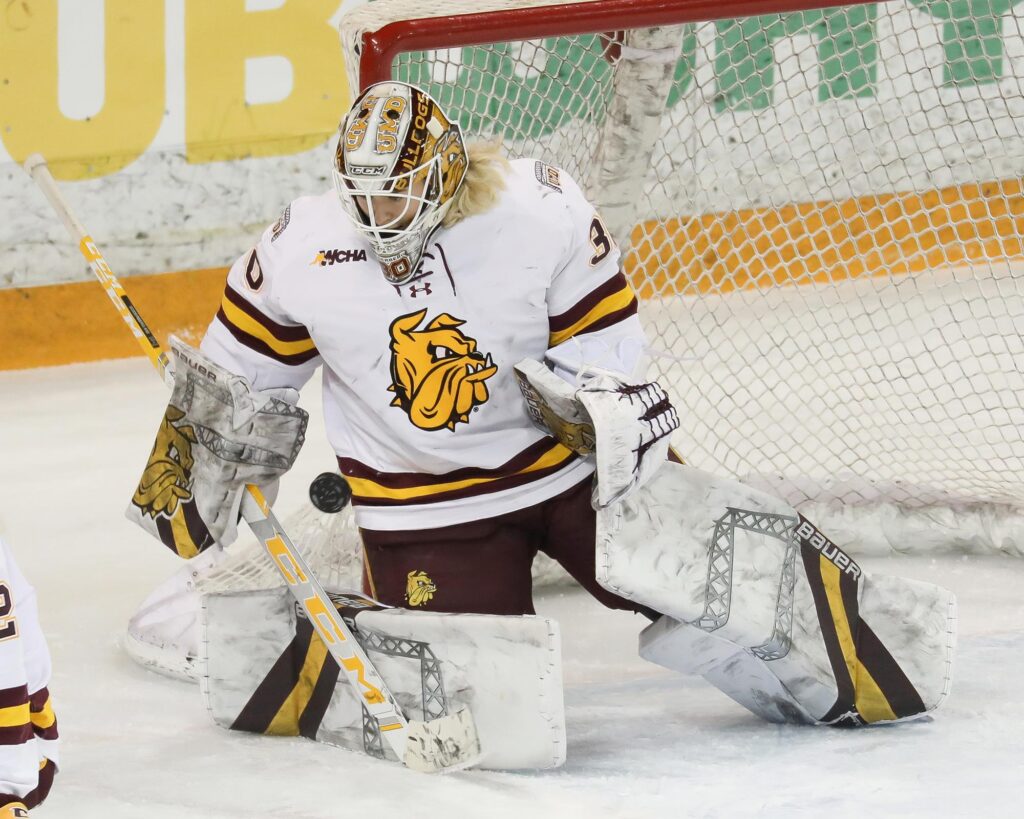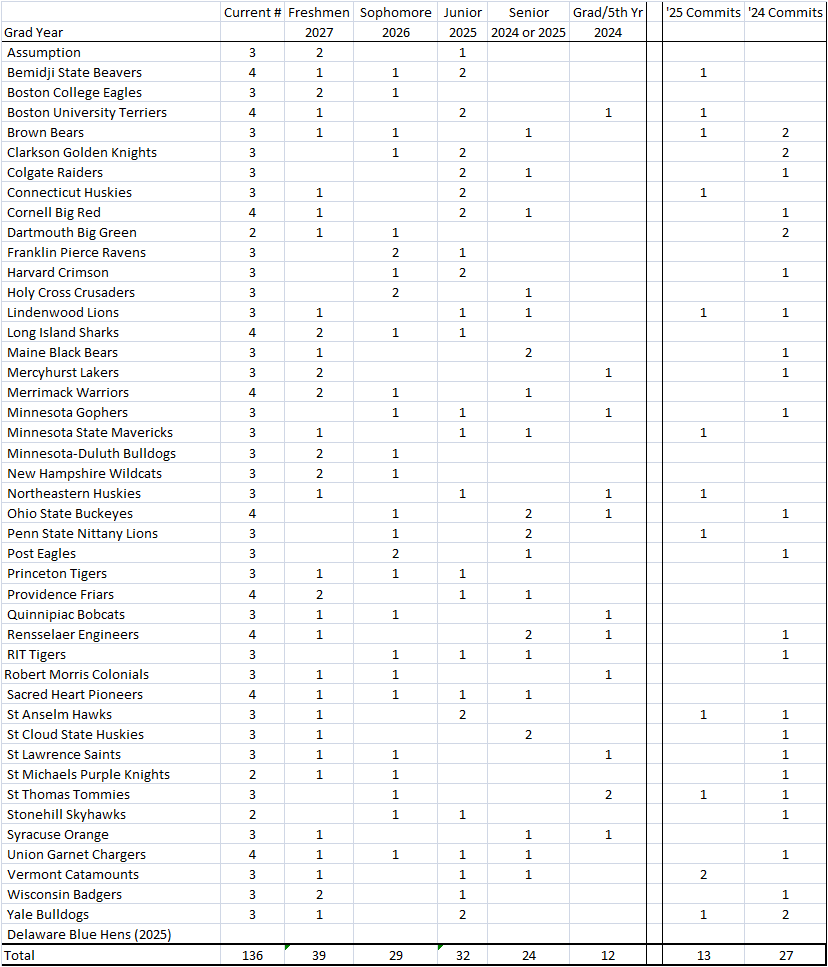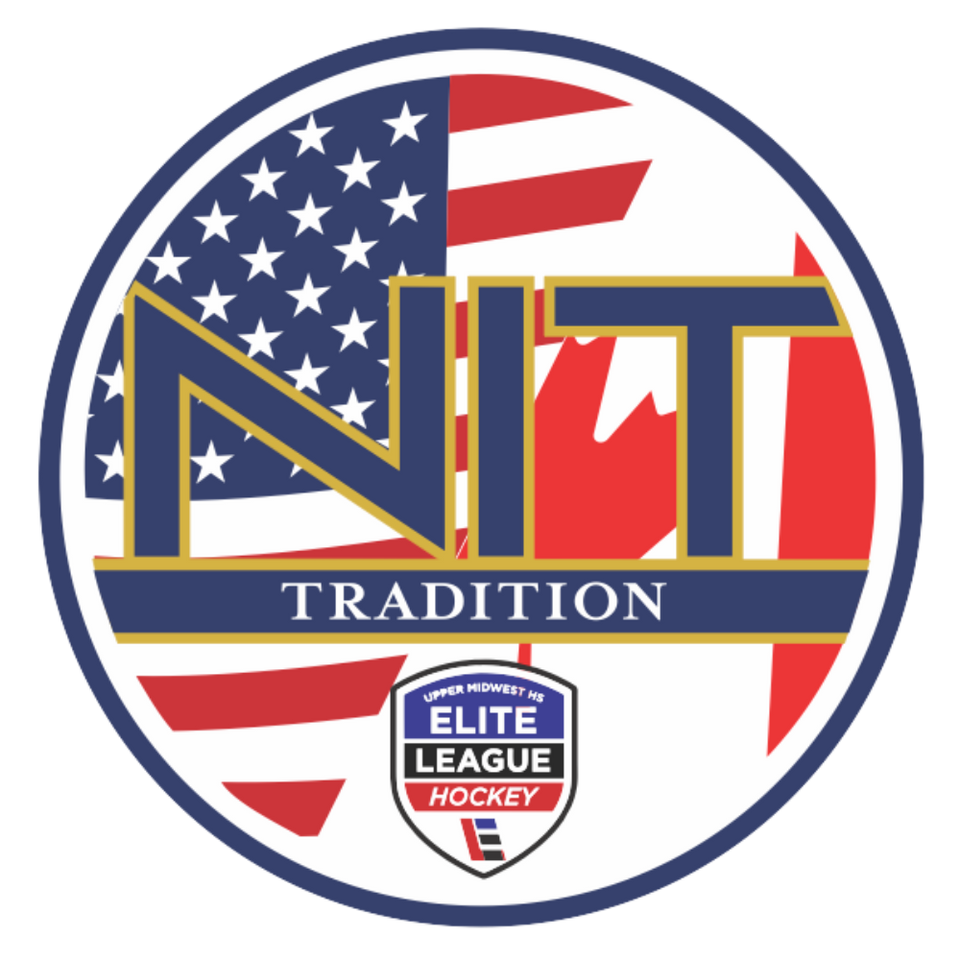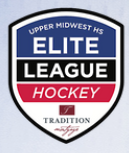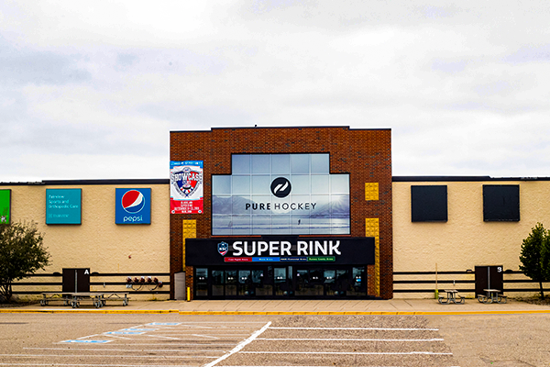This is Part III about the analysis of USA Hockey 2024 Nationals Girls Tier I Hockey playoffs taking place in Wesley Chapel, Florida. Here is Part I for U14 and Part II for U16
This analysis look at the teams selected for the Girls Tier I U19 playoffs. Given the importance of being seen at Nationals from recruiting perspective, I examined the at-large team selections and the seedings.
As a reminder: If you are heading to the Tier 2 girls playoffs, you can still be scouted by DI coaches. This week I spoke with a DI coach who will be in East Lansing and will be looking for the top players from smaller regions that can’t easily play for a Tier I team.
Girls 19U Selections
Below you can see the ranking of the 16 teams who will be playing at the 19U Tier I Nationals. The 4 highlighted teams (East Coast Wizards, NAHA, Team Wisconsin and the Connecticut Polar Bears) are the at-large invitations. Unlike other age groups, there is no U19 team from the Northern Plains district – thus the 4th at-large team. Then there is the host team (Florida Alliance) and the other 11 are the district champions.

The USA Hockey 2024 National Guidebook provides the following description for how they decide on the at-large teams and seedings:

Similar to the the U14 Tier 1 at-large Selections, it is unclear why the Minnesota Empowers and Tradition teams are not at-large teams. Maybe they opted out due to the higher priority of the Minnesota High School hockey playoffs. There is a lack of consistency of Minnesota Elite League teams accepting at-large invitations.
As far as the last team to miss the playoffs, the Pittsburgh Pens Elite has a 95.20 rating which is only 0.24 below the last at-large team, the Connecticut Polar Bears. But it seems this is large enough to make the Polar Bears the at-large selection.
Girls 19U Seedings

For the U19 age groups, the seedings do not match the rankings. Shattuck St Mary’s is ranked #1, but seeded #2 behind Bishop Kearney Selects. East Coast Wizards are ranked higher, but seeded lower than the Boston Jr Eagles. And NAHA is ranked higher than the Mid Fairfield Stars, but seeded lower. As described in the USA Hockey Guide above, it is likely a combination of head-to-head and Last 10 Games that were factors in these seedings.
Specifically, BK Selects beat Shattuck in their only game back in October, and but Shattuck still had a much higher rank in their last 10 games (see below). In addition, S-SM has a 0.65 higher rating than BK, which is quite large. So it seems the head-to-head was the primary factor in the flipping of positions. I suspect this will have impact the motivations of both teams should they meet in the playoff round.
The Boston Jr Eagles won the Massachusetts district, so it seems to make sense that they would be higher than the Boston Jr Eagles.
For NAHA and Mid Fairfield, being seeded #8 vs #9 doesn’t really make a material difference, since they will be in the same division. It just impacts the order of games and who is the home team when they play each other. The two teams never played each other during the season, but Mid Fairfield has the higher rating over the last 10 games.
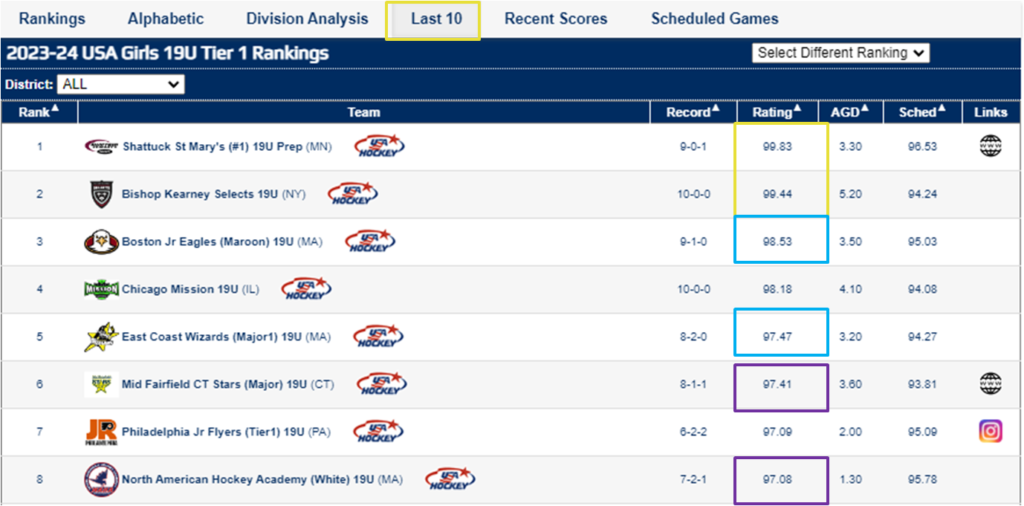
Here are the links to Part I – Tier I Girls 14U and Part II – Tier I Girls 16U
Want to be scouted at Nationals? Use Champs App Messaging to quickly & easily let coaches know your game schedule
Let NCAA coaches know you’ll be at Nationals and your game schedule. The Champs App Messaging tool is the fast, easy way to send error-free messages to coaches before and during the event.
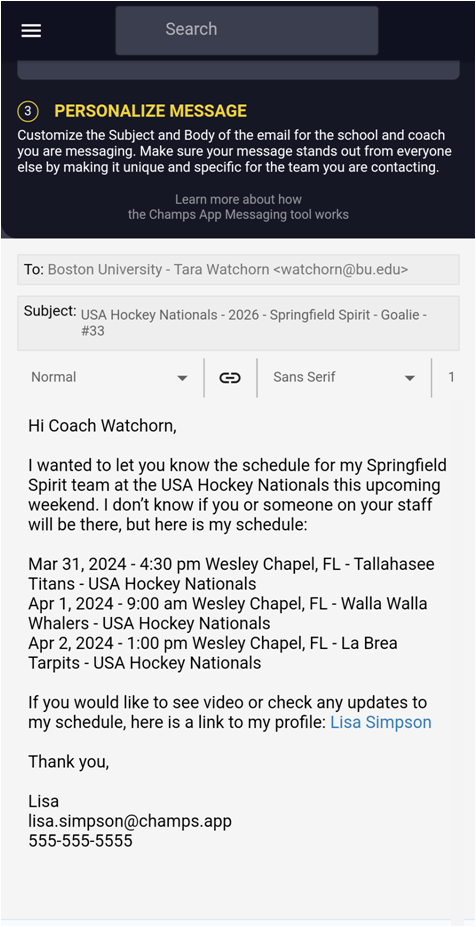
You can easily select a coach & email template and the message automatically populates the coach’s info, school and your personal information from your Champs App profile. Pick the Upcoming Events template and the Messaging tool with magically insert your upcoming games at Nationals into the message.
Watch the demo (Desktop Version) (Mobile Version) and try it out today!

